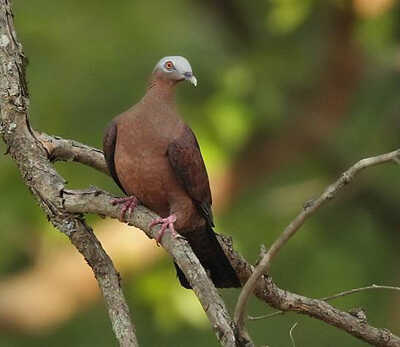
Columba punicea
Columba punicea,Pale-capped Pigeon
The foreign name of the purple forest Pigeon is Pale-capped Pigeon, no subsp···

Green Imperial-pigeon
Wood pigeon, common wood pigeon,Columba palumbus,Green Imperial-pigeon
There are 6 subspecies of Green Imperial pigeon. Columba palumbus casiotis (···
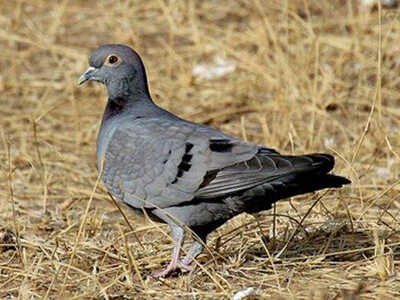
Pale-backed Pigeon
Pale-backed Pigeon,Columba eversmanni
The Central Asian Pigeon is known as Pale-backed Pigeon and has no subspecie···
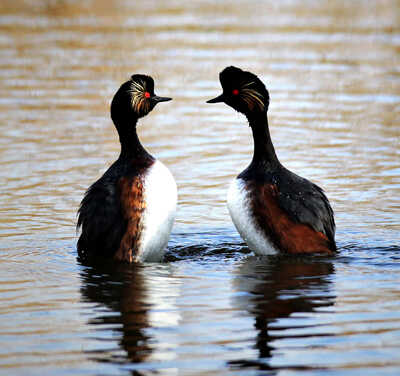
Podiceps nigricollis
Black-necked grebe, tranche board,Podiceps nigricollis,Black-necked Grebe, Grèbe à cou noir
The Black-necked Grebe, with 4 subspecies, is a medium-sized water bird.Simi···
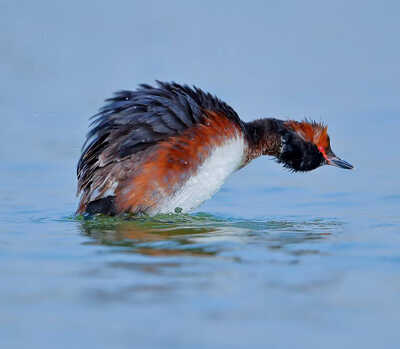
Podiceps auritus
Podiceps auritus,Horned Grebe
Horned Grebe has two subspecies.Horned Grebes move in small groups in winter···
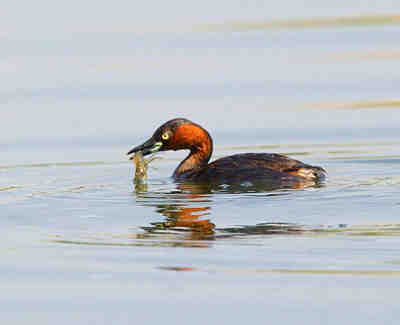
Podiceps grisegena
Podiceps grisegena,Red-necked Grebe,Great red grebe
pit Grebe (pit) foreign name red-necked grebe, there are 2 subspecies in the···
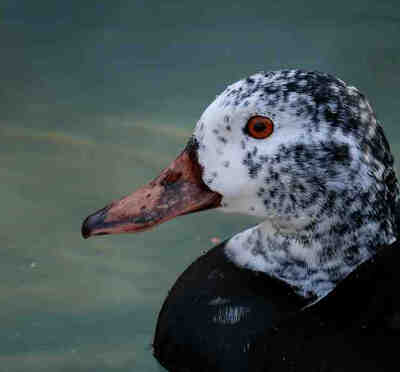
Asarcornis scutulata
Asarcornis scutulata,White wing forest duck,White-winged Duck,White-winged Wood Duck,Cairina scutulata
Cairina scutulata is a white-winged duck with no subspecies.The white-winged···
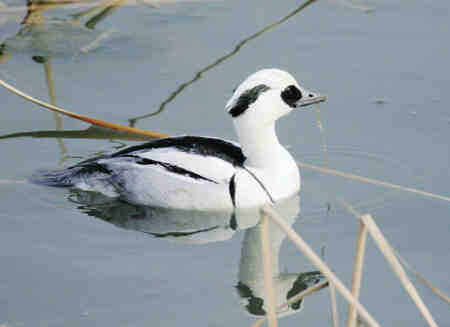
Mergellus albellus
White merganser duck, small merganser duck, Sichuan merganser duck, Panda duck,Mergellus albellus,Smew
Merganser maculata is Smew, no subspecies.In spring, a large number of March···
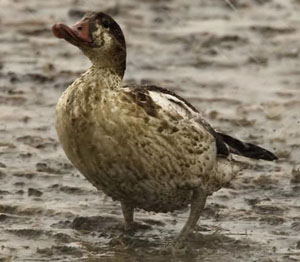
Tadorna cristata
Chicken head and duck,Tadorna cristata,Crested Shelduck
The crested duck (Tadorna cristata) is a group of birds of the family Anatid···
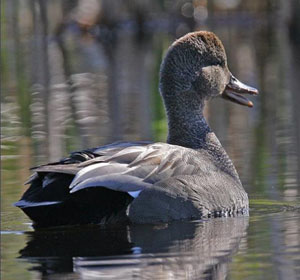
Gadwall
Green edge boy, beautiful scenery,Anas strepera,Gadwall
Anas strepera (Anas strepera) is a medium-sized duck that is slightly smalle···
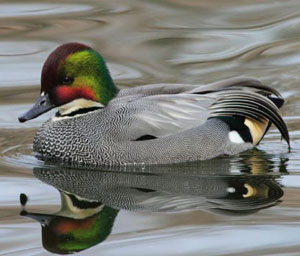
Anas falcata
Lapwing, Sickle duck, Flathead duck, early duck, three duck, Sickle feather duck,Anas falcata,Falcated Teal,Falcated Duck
Ribbed ducks (Anas falcata) are medium-sized ducks, slightly smaller than do···
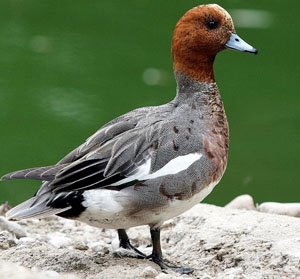
Anas penelope
Anas penelope,Eurasian Wigeon,European Wigeon,Wigeon,Crane duck, Red duck, Red necked duck, goose duck, sacrificial duck
Red-necked ducks are medium-sized ducks, smaller than domestic ducks and abo···
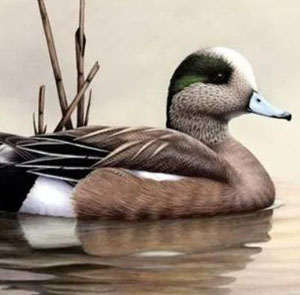
Anas americana
Grape-breasted duck,American Wigeon,Anas americana
Green brow duck is a river duck, also known as grape breast duck. Medium siz···
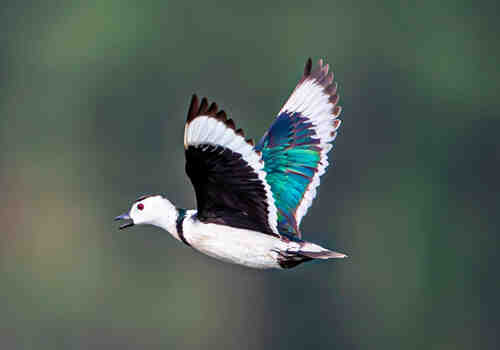
Nettapus coromandelianus
Cotton duck, white duck, eight duck, cotton duck,Nettapus coromandelianus,Cotton Pygmy-goose
There are two subspecies of Cotton Pygomy-goose.They often live in pairs or ···
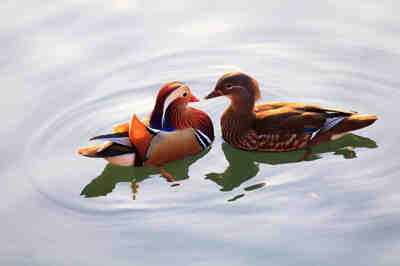
Aix galericulata
Aix galericulata,Mandarin Duck,Mandarin,Chinese official duck, Uren Hachin, official duck, Pee-bird, Dunmubird
Mandarin Duck, no subspecies.Mandarin ducks migrate to their breeding ground···
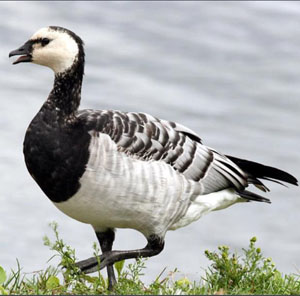
Branta leucopsis
Branta leucopsis,Barnacle Goose
It is a typical cold-water Marine bird of medium size, tolerant of cold, and···
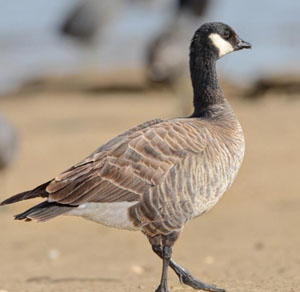
Branta hutchinsii
Branta hutchinsii,Cackling Goose,Small Canada goose, short bill Brant
The Lesser American Brant is a North American black goose of the genus Brant···
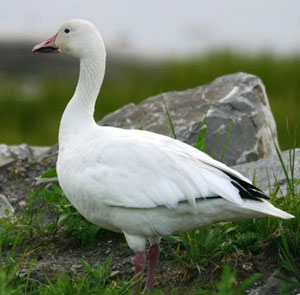
nser caerulescens
Snow goose, white goose,Anser caerulescens,Snow Goose,Chen caerulescens
Snow geese are large, individual birds of the genus Amens. They live in grou···
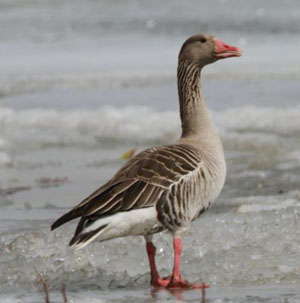
Anser anser
Wild goose, sand goose, gray waist goose, red bill goose, sand goose, yellow bill gray goose,Anser anser,Greylag Goose
Gray geese move in groups, usually consisting of tens, hundreds, or even tho···
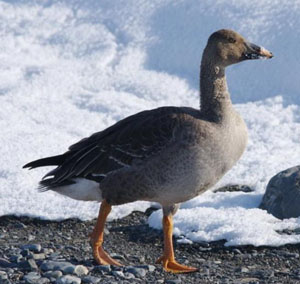
Anser serrirostris
Anser serrirostris,Tundra Bean Goose,Wild geese, wheat geese
The short-billed bean goose is a species of anseriidae bird that breeds in n···
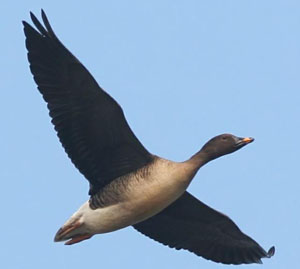
Anser fabalis
Wild goose, wheat goose,Anser fabalis,Bean goose
Wild goose is a large goose, love to cluster, except the breeding period, of···
